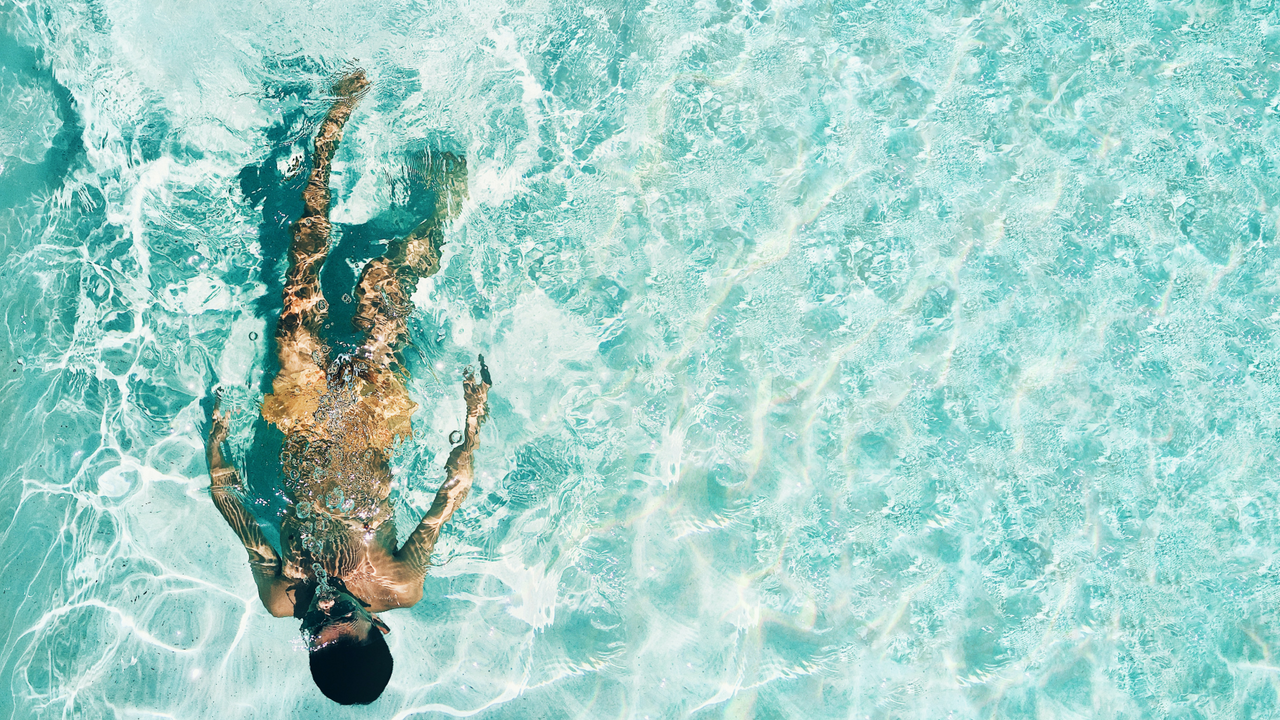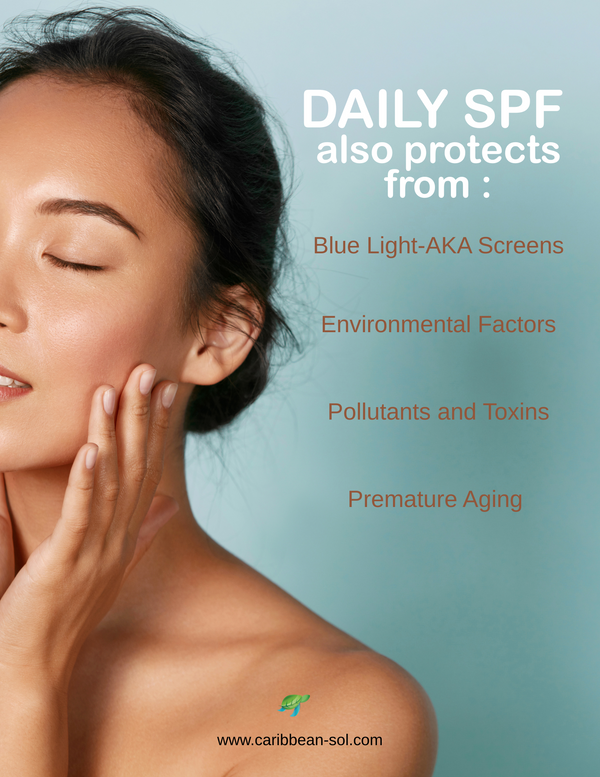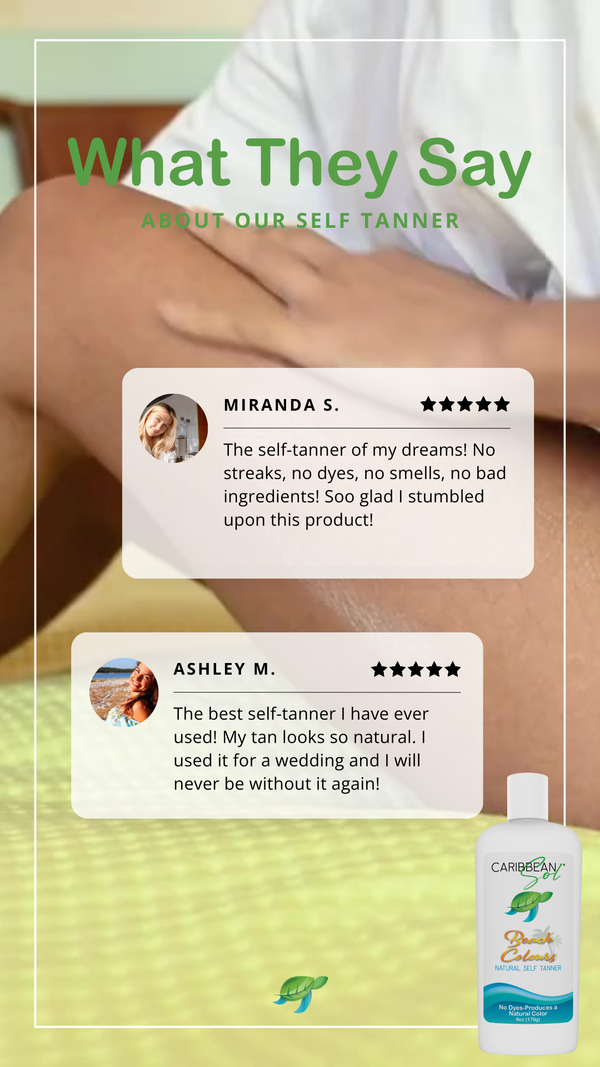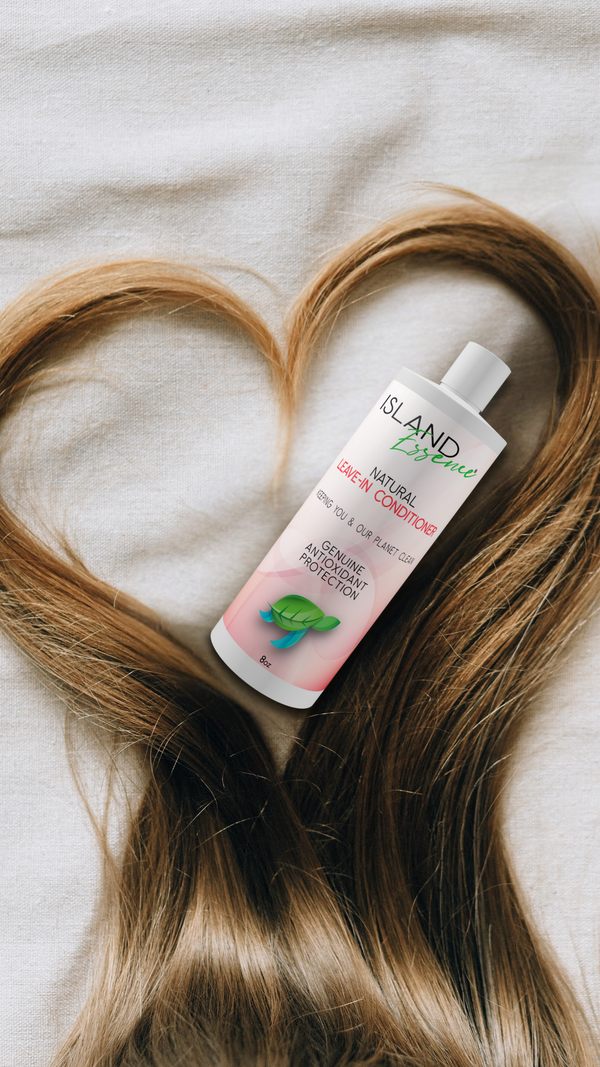THE DO’S, THE DON’TS &, WHAT YOU NEED TO KNOW FOR HAPPY HEALTHY SKIN ALL SUMMER LONG
Summer has finally arrived. You and your family are ready for the sun, the shine, and everything in between. You are so excited for the season of daydreaming and vacations that you quickly forget your skin has different needs when transitioning from season to season. What you were doing for your skin in the spring won’t cut it for the steamy summer months. Hopefully you were following our Spring Skin Care tips so that your skin is naturally prepped for this transition. If not, have no fear. We are here to give you the do’s and don’ts to keep your skin glowing all summer long.
THE SKIN DO’S FOR SUMMER (June – August)
DO Factor UP on your SPF
During the summer months (June, July and August) the sun is higher in the sky. Meaning, the sunlight that reaches the surface is more concentrated. The longer daylight hours and the concentrated sunlight result in more heat hitting earth’s surface. Simply put, the sun received during the summer is more intense than it is any other season of the year. What does this mean for you and your SPF? It means factor UP on that SPF (Sun Protection Factor). If you were using an SPF 15 during the spring, you need to swap that for an SPF 30 for the Summer. Your skin needs more protection from the more concentrated UV Rays hitting your skin this season (see more information on UV Rays here). We can’t stress enough the difference in the sun during the Summer and the sun during Spring or any other season.
DO Wear SPF every day
Wearing SPF every day protects your skin from early aging caused by the Sun’s rays and offers moisturization and protection for everyday activities. YES, you can still get harmful sun by being in your car or inside your house. One of the biggest misconceptions of wearing sunscreen is that it is only needed if you are outdoors for an extended period. This is false. The sun does not know what you are doing and it does not care whether you are indoors or out. Think about it, why do we have tint on our windows? To keep the sunlight out! Or, at the very least, weaken its ability to shine through our windows. The best way to protect your skin from the sun is to wear SPF every-single-day. Find an SPF you love (click here), the best way to apply (see application tips here) and use it! Write a sticky note on your mirror if you must, it’s that important! Re-apply your sunscreen every 1-2 hours to ensure continued protection.

Our Faces Only SPF 20 is the perfect everyday SPF for your always exposed face. Not only does it provide broad spectrum protection, but it also has age fighting ingredients that double as a light moisturizer. Every morning apply just a small amount of Faces Only to the palm of your hand and blot all over the face. Gently blend the Faces Only SPF 20 onto your skin. If using too much you will have a white cast, just the right amount will result in little to no white cast and broad-spectrum protection from both UVA and UVB rays.
Pro Tips! Combine with your favorite serum for thinner application. Mix just a little with your foundation to create an earth and skin friendly SPF foundation!
DO Wear protective clothing
In addition to wearing SPF every day, wear sun protective clothing such as hats, sunglasses, and UPF clothing. The more ways to prevent the sun from reaching your skin, the better. We love likeminded, sustainable brands like us. Check out our friends at REPREVE and the brands that use their sustainable fibers to create UPF clothing!
DO Drink a lot of water
Water flushes your system and hydrates. During the summer, the heat soaks up all the moisture in your body, making it very important to drink a lot of water to compensate for the loss of water from the enhanced sunlight.
DO use Moisturizer twice daily
The sun pulls all the moisture out of your skin. When the outermost layer of your skin is exposed to UV light regularly, it thickens and becomes dehydrated. Prolonged damage leads to rough and flaky skin. Sun rays can also weaken the elasticity of the skin, causing wrinkled, older looking skin. The more moisture you add to your skin by using a daily moisturizer at least twice daily, the better.
Add our Island Essence Natural Facial Mist to your daily skin routine for 3D hydration and added benefits of hyaluronic acid for age fighting! Using our Natural Facial Mist toner daily for 28 straight days creates what is called 3D hydration. 3D hydration is where moisture is circulated throughout all layers of the skin and boosts hyaluronic acid, a natural substance found in the eyes and joints that can help heal wounds faster, reduce scarring, and reduce fine lines and wrinkles.
FYI – Dry skin burns quicker than moisturized skin. Keep your youthful look longer, make moisturizer part of your am AND pm routine!
DO Exfoliate your skin
Summer is HOT. When it’s hot, we tend to sweat more. The higher humidity and the increased precipitation cause our pores to clog more easily and build up dirt and grime. Gently exfoliate your skin by adding a small amount of baking soda to your gentle facial cleanser. This will help clean the pores and prep them for your moisturizer and SPF applications. It is also a great way to ensure all your SPF from the prior application is removed.
Our natural Island Essence Facial Cleanser is gentle for all skin types. It adds hydration while ridding pores of excess dirt and debris encountered throughout normal daily activities. Adding a bit of baking soda will help exfoliate the facial skin during the summer months. Follow your facial cleansing with our natural Facial Toner Mist for even skin toning and hydration. Spray the facial toner mist onto a round cotton pad and gently rub onto the entire face. Gently apply Faces Only SPF 20 after the use of our Facial Mist Toner for moisturization and UV protection every day.
THE SKIN DON’TS FOR SUMMER
DON’T Use the same SPF you were using in the Spring
When the sun is closest to the equator (Summer), UV rays are at their strongest. Stronger UV rays mean you should up your SPF (Sun Protection Factor). The SPF you were using last season will not be strong enough during the summer, as the concentration of the sun rays is heavier. It is important that you swap your daily SPF for a higher SPF of at least 20. Re-application is key during these months as the amount of UV radiation your skin can take before getting sunburned is shorter than it was before.

We recommend continued, yet more frequent, application of our Faces Only SPF 20 on the face and our SPF 30 all over the body. Re-apply every hour to hour and a half for lasting protection. Yes, we know re-applying every hour can be bothersome and repetitive, but it is better than getting burned or suffering long term skin irritations. Try our convenient natural SPF 30 spray and/or our Sport Dry Grip SPF 30 for quick and easy re-application.
DON’T Assume you won’t get burned
The phrase “first burn of the summer” is the perfect phrase to explain the too common misunderstanding that the sun is the same year-round. The sun is more concentrated, it is stronger, and your time before getting any kind of color is shorter from June to September. Your skin isn’t used to the extended sunlight or stronger UV rays these months bring. Do not assume that you won’t get burned just because you have been outdoors all year. Use sun protective clothing and an SPF 20 or higher on exposed areas. Re-apply every hour to hour and a half and moisturize your skin after exposure.
DON’T Forget to Re-Apply
Re-application is just as important, if not more important, than initial application of your SPF. One of the biggest mistakes with sunscreen application is forgetting to re-apply frequently. You must re-apply sunscreen more frequently, regardless of what the directions say, during the summer months. The sun’s rays are more concentrated and stronger, thus making them more harmful during these months. Stronger sun leads to quicker sunburns. Even if you live in the sunniest climates, the sun is still different during the summer, and you will damage your skin if you do not re-apply. Take it from us, re-application of your sunscreen every hour will keep your skin protected from the harshest sun.
Most sunscreens have a water resistance of up to 80 minutes. This does NOT mean waterproof. Water resistant means the sunscreen can resist the penetration of water to a certain degree, or an estimated amount of time. Waterproof means the product is impermeable to water, no matter how long it spends in the water. When you get out of the water and dry off with a towel, you are essentially wiping off your sunscreen, especially if you are wearing a mineral sunscreen. Remember, mineral sunscreens sit on top of the skin and act as a protective barrier whereas chemical sunscreens soak into the skin and prevent UV rays from attacking through all layers of the skin. Regardless of the type of sunscreen you choose, you must re-apply for continued protection.
Application of a mineral sunscreen like Caribbean Sol is much different than the application of chemical sunscreens. See our guide on how to properly apply a mineral sunscreen here.
WHAT YOU NEED TO KNOW FOR HAPPY HEALTHY SKIN ALL SUMMER LONG
Why and how does your skin change during the summer months?
Summer months bring warmer temperatures. Warmer temperatures increase sweat and sebum production which can clog pores. Dirt and dead skin cells can become trapped on the epidermis (surface) layer of your skin which can lead to clogged pores and breakouts. Your skin may appear oilier during these months due to the increased sweat and sebum production. Moisturization from the inside out is necessary to keep your skin properly hydrated. The sun can and will soak every ounce of moisture out of your skin causing quicker, more severe sunburns, as well as dry, irritated skin. Proper seasonal skin care regimes are especially important to maintain happy, healthy skin. Exfoliate, moisturize, protect repeat.

What does SPF mean?
The acronym SPF stands for Sun Protection Factor. It is a number found on the front of your Sunscreen bottle. SPF is a measure of how much UV radiation is required to produce sunburn on protected skin versus the amount of UV radiation required to produce sunburn on unprotected skin. As the SPF value increases, sunburn protection also increases (FDA). Do not confuse this with time. SPF does not reflect time spent in the sun. There is a common misunderstanding in the sunscreen world that a higher SPF creates a larger safe window for being out in the sun without getting sunburn. No, absolutely not, do not let anyone tell you this. An SPF 15 does not mean you can stay out in the sun for 15 hours without getting burned. The SPF on your bottle of sunscreen is related to the amount of UV exposure your skin can take, not the time of UV exposure. Regardless of the SPF factor you choose, re-application of that SPF is required every 60-90 minutes for continued protection.
UV Rays, Explained
The most common form of Ultraviolet Radiation is sunlight. Ultraviolet Radiation produces three types of UV Rays; UVA, UVB, and UVC respectively.
UVA Rays, also known as the Aging Rays, have the largest wavelength. These rays can penetrate and reach the dermis (middle) layer of your skin. Their deep penetration can lead to skin aging noticeable by fine lines and wrinkles. UVA rays also cause your skin to tan.
UVB Rays, AKA the Burning Rays, have a short wavelength and reach the epidermis (outer) layer of the skin. These rays are most common to burn the skin but also play a significant role in the formation of skin cancers.
UVC Rays are the highest energy rays. They are blocked by earth’s ozone layer and do not reach earth’s surface. The only way that we can be expose to UVC rays are from an artificial source (i.e. lamps, or lasers).
All UV rays affect the skin differently. The two most important ones to look out for when enjoying your favorite outdoor activities, especially during the summer months, are the UVA and UVB rays. These are the most damaging/harmful rays for our skin. When selecting your sunscreen be sure to use one that is Broad Spectrum. Broad Spectrum is an FDA regulated term for sunscreens, it means that the sunscreen provides protection against both UVA and UVB rays. Re-application of a broad-spectrum protection sunscreen every hour to hour and a half will provide continued protection from these rays. Shop our most popular Broad-Spectrum SPF 30 here! (link)
Mineral vs. Chemical Sunscreen
Mineral and chemical sunscreens are not created equally. They do not provide the same protection and they do not do the same thing.
Mineral Sunscreen (SPF) protects your skin with ingredients that reflect and block UV rays. Think of mineral sunscreens as a shield. The active ingredient acts as a barricade for your skin. The sunscreen prevents the UV rays from penetrating the skin, instead the rays “bounce” off the skin. Proper application and re-application of mineral sunscreen provides your skin with the safest protection from UV rays. Natural Zinc and Titanium are the only two mineral ingredients known to block both UVA and UVB rays.
Chemical sunscreens protect by allowing their ingredients to penetrate the skin and absorb the UV rays before the UV rays can damage your skin.
About Caribbean Sol / Hawaiian Sol Products:
Caribbean Sol products and products by Caribbean sol are formulated and designed to protect your skin, naturally. Our mission is to provide a people and environmentally friendly product that protects, relieves, and rejuvenates the skin. Our sunscreens provide broad spectrum protection with the use of natural non-nano zinc oxide as the active sunscreen ingredient. We surround the natural zinc with other plant and mineral extracts known to hydrate and heal from the inside out.




